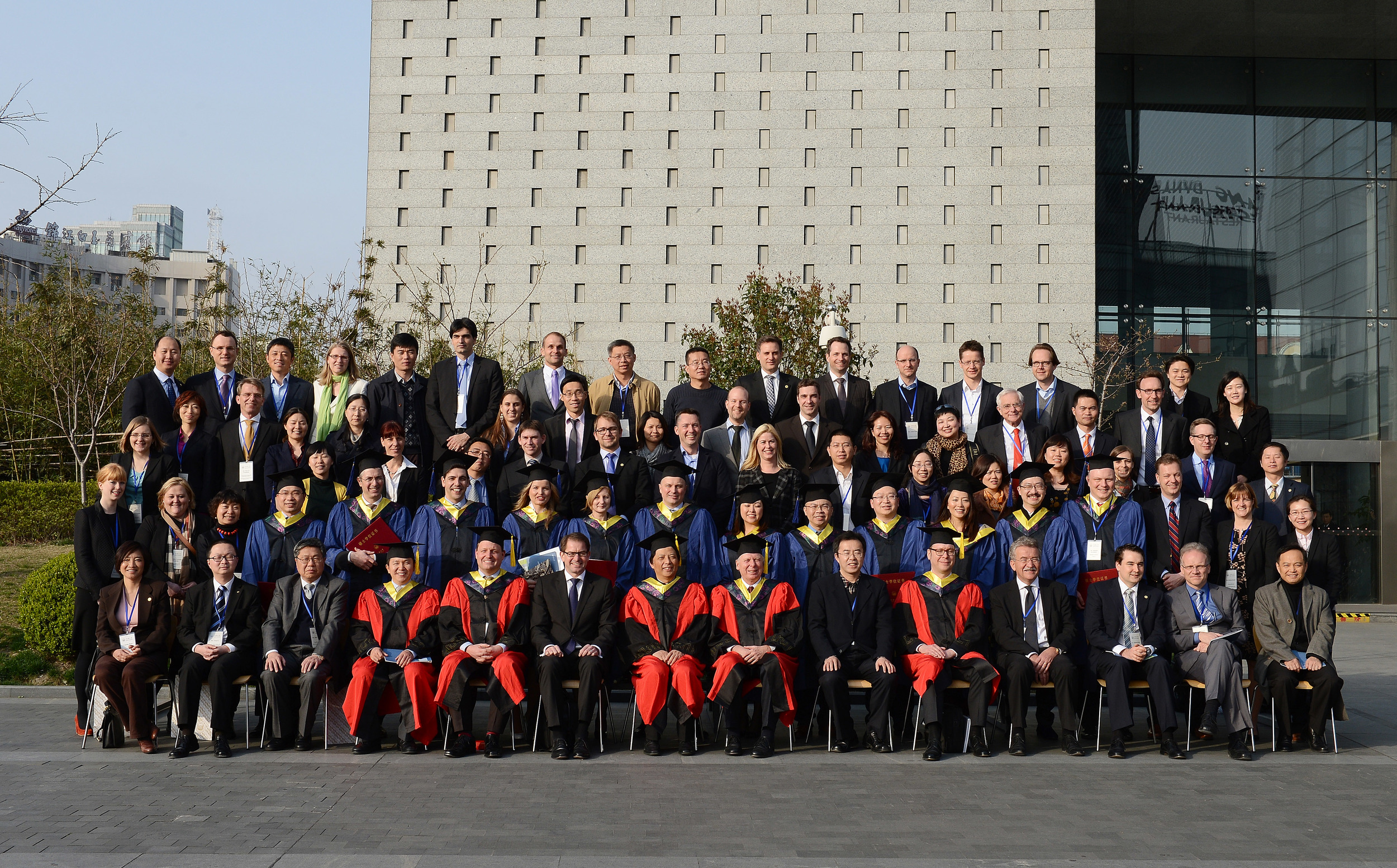
In the months before you make a move, you start doing things the last time. The first such “last time” for me now was bringing MBA students on a field tour to Shanghai. I did this for 4 years regularly and the course, which is called “Doing Business in China” (DBC), is a combination of lectures and a field study. It became a very popular elective for MBAs and its abbreviation DBC was recently rephrased by students to “Drinking Beer in China”. Well, this indicates that business relations here are sometimes sealed with the extensive consumption of cheerful beverages, and alumni relations for sure as well.
I enjoyed teaching this course, and also the challenges on the road - specially as we try to also explore things off the beaten tracks. But I also think it is coming somehow to the end of the life cycle in the current format. Shanghai changed and developed so much in recent years, that it does not serve to represent “Doing Business in China” any more, but better “Doing Business in Shanghai”. If I had to re-design the course, I would probably change the destination of the trip to Changchun, Harbin or Chengdu. Shanghai has become international business city, which is outstanding in China, but not representative for its economy and business environment.
And being outstanding, Shanghai does not just in terms of economic development. When I moved there in 2003, I would for example never have imagined that the city would be able to develop an autochtone cultural life in less than two generations. But it happened in only 8 years. It is not yet very sophisticated, but attracts a lot of talent from all over China and abroad. One of the districts where arts and creative industries are settling is the region along the Suzhou Creek. For example 50 Moganshan Lu is situated close to the Suzhou river in Shanghai and is one of the former industrial compounds, where factory halls and warehouses were converted into galleries and studios. The site is now named the “M50 Creative Park”. One of the first galleries you see, is also one of the best: 99 Degrees Art Centre (www.99dac.com), which currently holds and exhibition of the painters Gerard Altmann, Igor Bitman and the sculpturist Livio Benedetti. Also the Fine Arts College of Shanghai University has an exhibition space in the compound, which is an interesting showcase. Then there are other outstanding developments like the converted former Slaughterhouse 1933, the Red City or the restored Jing’an Villas at 2015 Nanjing Xi Lu, which develop all kinds of activities in a traditional Shanghai environment without a massive masterplan.

I also thought in the past that the Pudong skyline is a bit artificial and does not fit into the contrast of the Bund on the other side of the Huangpu river. But specially with what happened behind the Bund in terms of refurbishment and rebuilding, suddenly there are axis of views where even a structure like the Pearl Tower fits into the picture, a bit like the Eiffel Tower in Paris. Another thing which struck me, was when I had a look at the Subway map of Shanghai and the first thought shooting though my mind was: “Wow, how did they do that in such a short time?” Then I looked at it for a while and my last thought still was: “Wow, how did they do that in such a short time?”. The list of things which impress me in Shanghai is very long, and last but not least, it is that Shanghai really recovers its elegant flair which reminds of the old Shanghai in modern times.
Last but not least, the term “Field Trip” is really not appropriate any more when coming to Shanghai, which I would say really deserves the claim of being Asia’s World City.




